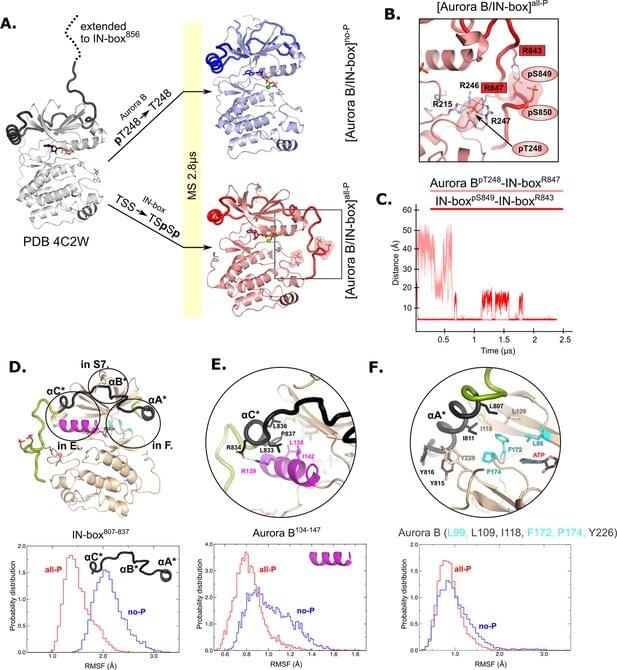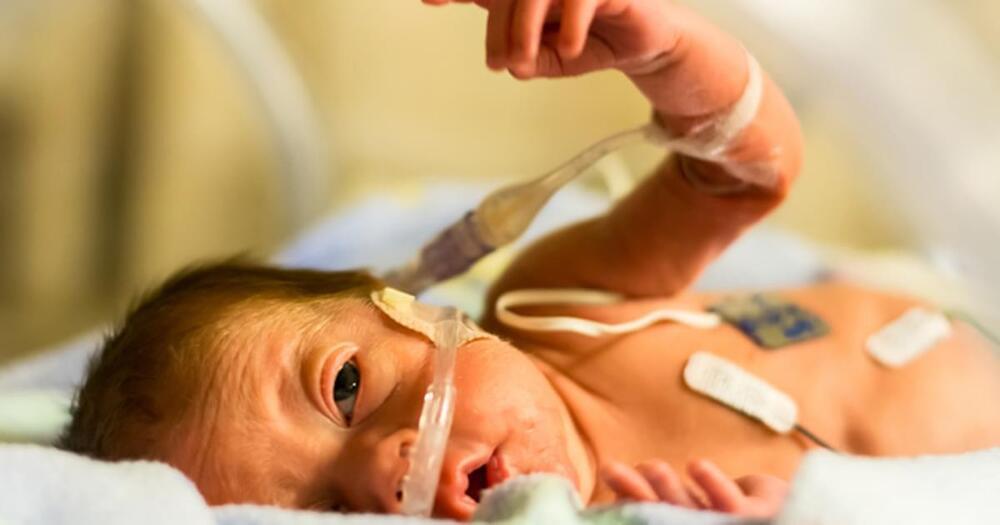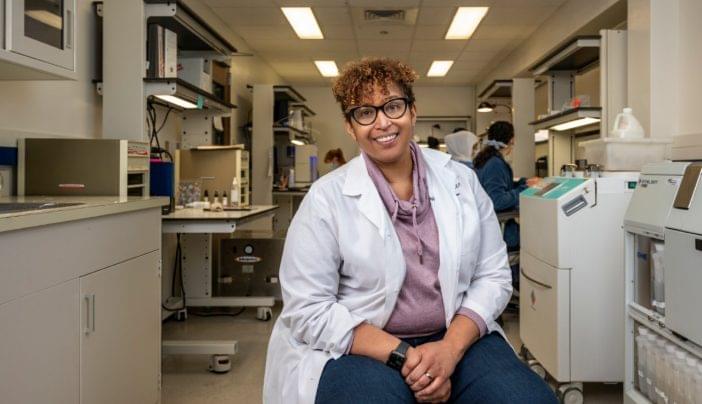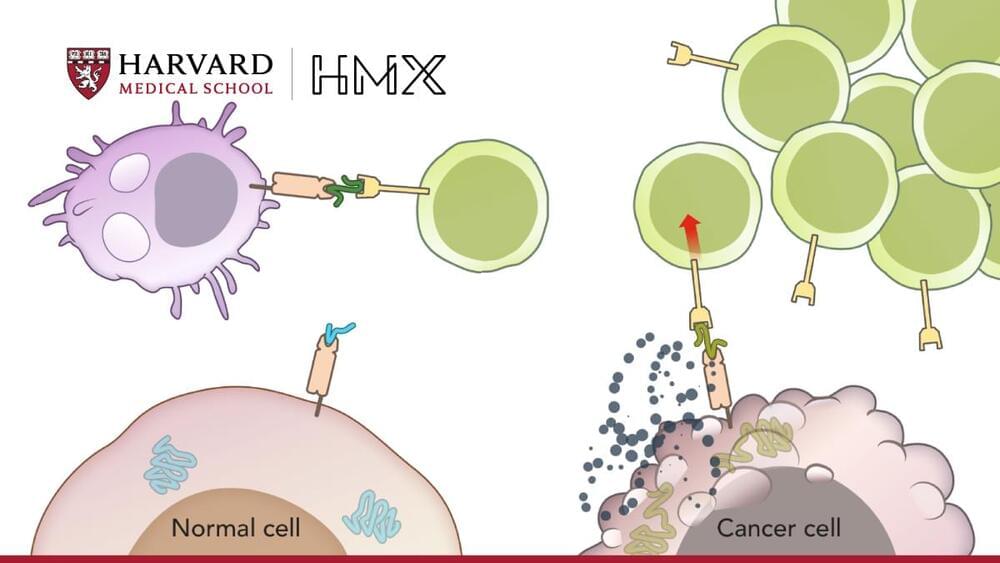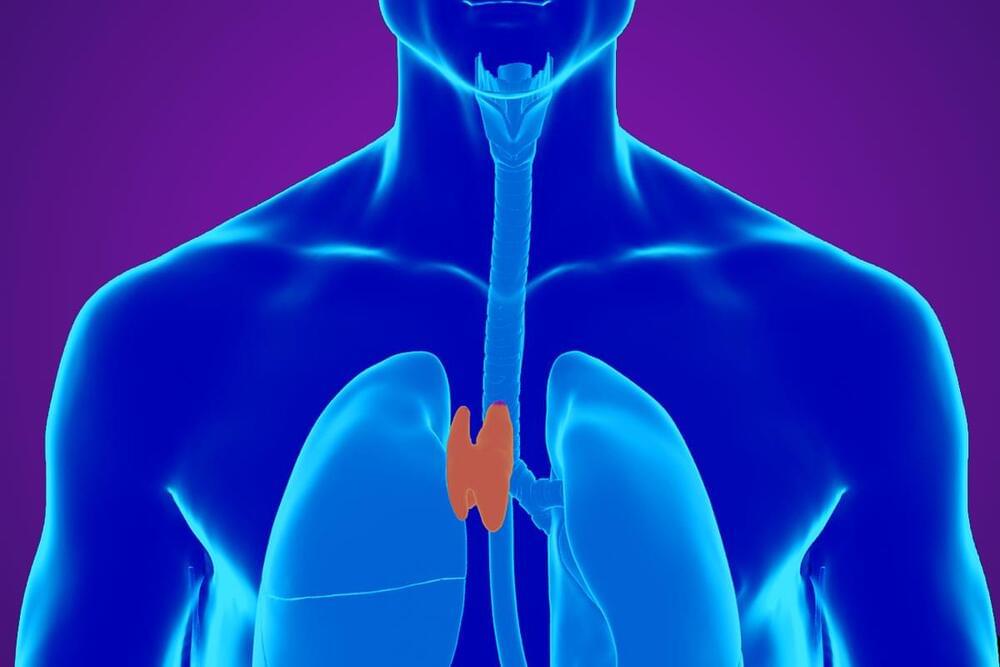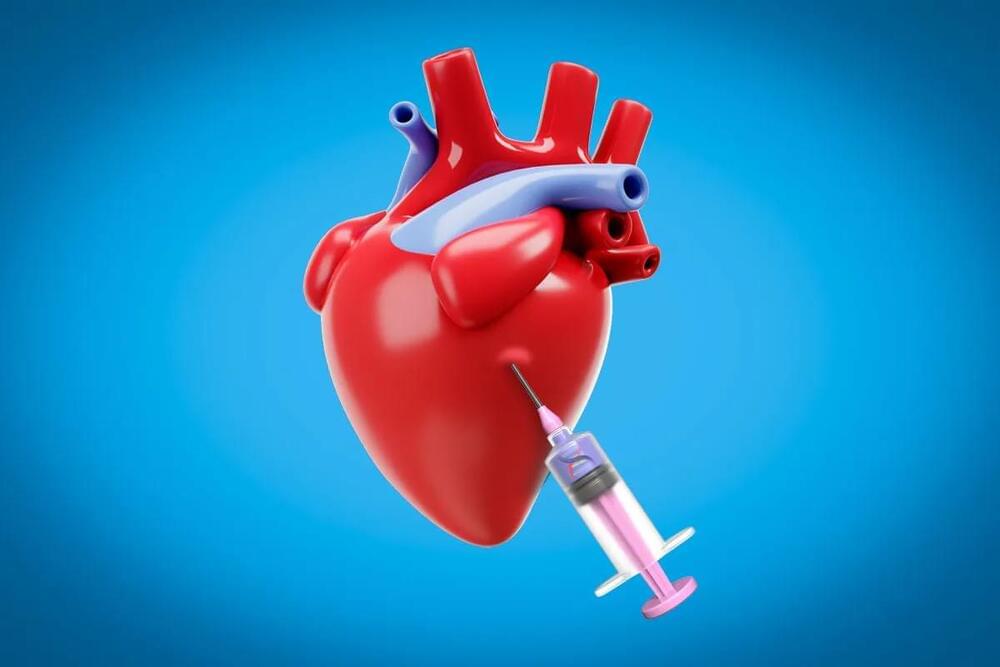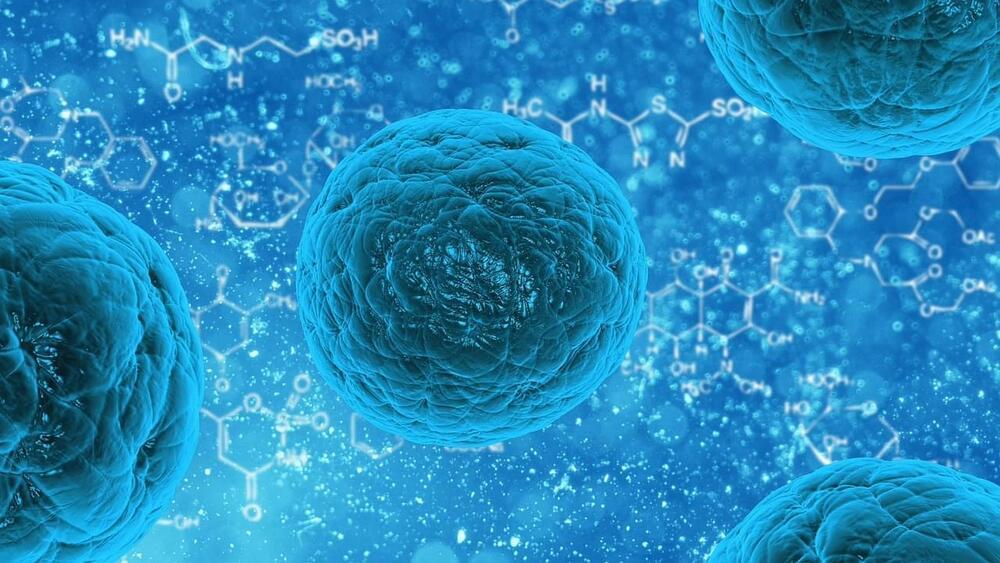Influenza, or the “flu,” is a viral respiratory infection that commonly affects the nose, throat, and lungs. Some symptoms of flu infection include fever, muscle ache, headache, dry cough, shortness of breath, general malaise, and more. Most healthy people with active flu infections can fight off the infection with their immune systems, however, certain high-risk groups may be prone to developing complications, such as children under 2 years old, adults over 65 years old, those that are pregnant, those with weakened immune systems, those with chronic illnesses, and those with a body mass index of 40 or higher.
The influenza vaccine is a preventative vaccine that reduces the chances of a patient having severe complications from the virus. Even after preventative measures such as the influenza vaccine, some adults remain at high risk for hospitalization following an infection. That is where flu antiviral drugs come in; antiviral drugs are medications that assist your body in fighting viruses.
The most common antiviral for the flu is Tamiflu, generically known as oseltamivir. Oseltamivir is a neuraminidase inhibitor and was approved by the United States Food and Drug Administration in 1999. When oseltamivir is started within two days of flu symptoms and confirmed flu infection, it can shorten length of illness along with a decrease in overall symptoms. This is especially useful in high-risk populations who may be able to prevent a hospitalization after taking oseltamivir.
